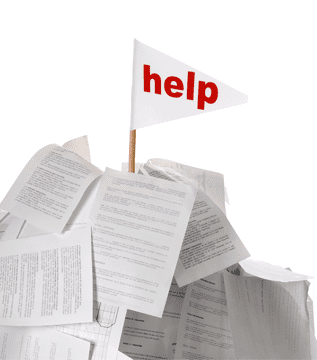
Article
Climbing the Mountain of Regulatory Documentation for SaMD
This post was previously on the Pathfinder Software site. Pathfinder Software changed its name to Orthogonal in 2016. Read more.
As gamification and game mechanics gain popularity in the healthcare space, so too does the need to understand primary motivational factors that influence human behavior. Gamification itself uses game elements and digital game design to address common business dilemmas and drive social change and has been very popular with the military, airlines industry and even higher education institutions. However, the ability to influence action with gamification is only now gaining traction in the health industry.
Although gamification is here to stay due to factors that include vast US utilization of smart phones, a tech savvy 18-34 population and advancements in the field such as augmented reality, the underlying motivators to change human behavior are not new.
Behavioral economics differs from traditional forms of economic study – which generally assumes unbounded rationality, unbounded willpower and unbounded selfishness – because it recognizes that individuals are bound by many factors that inhibit decision-making. We see this daily through activities such as smoking and drunk driving. Further, in the healthcare and health insurance sectors, neither patients nor providers know the true costs of care.
Without knowing actual costs of care and fully understanding the various options available, especially in moments of panic, rational decision-making is near impossible. Therefore, departures from rationality materialize in people’s beliefs and in their choices.
With a youthful population in the US that lives a significant portion of their lives online, and are accepting of new technologies in the health space in exchange for ease, the growth of applications and services that target health behaviors is developing at lightning speed.
Most gamification methods in health and wellness are presently built around the notion of positive reinforcement. This is true both in engaging and monitoring patients and engaging and motivating providers. The same principals that incentivize humans to be active in their own health incentivize practitioners to provide better care, leading to better outcomes for patients, and therefore a hospitals bottom line.
As the new landscape of healthcare in the United States takes root, gamification technologies and advances will play an integral role in transforming health and care. Using smartphones, tablets and other mobile devices game mechanics will become more prevalent in almost all parts of the health ecosystem, from education to accountability and monitoring.
Gamification elements likely to continue to show promise in Health Technology:
Have you seen great examples of gamification in Healthcare you’d like to share with us?
Are you working on a healthcare product or project with gamification?
Related Posts

Article
Climbing the Mountain of Regulatory Documentation for SaMD

Article
You Had Me at Validation

Article
Building & Scaling a Successful Cybersecurity Culture

Article
Cybersecurity Best Practices to Adopt for Your Organization